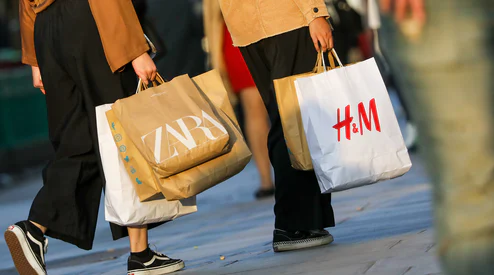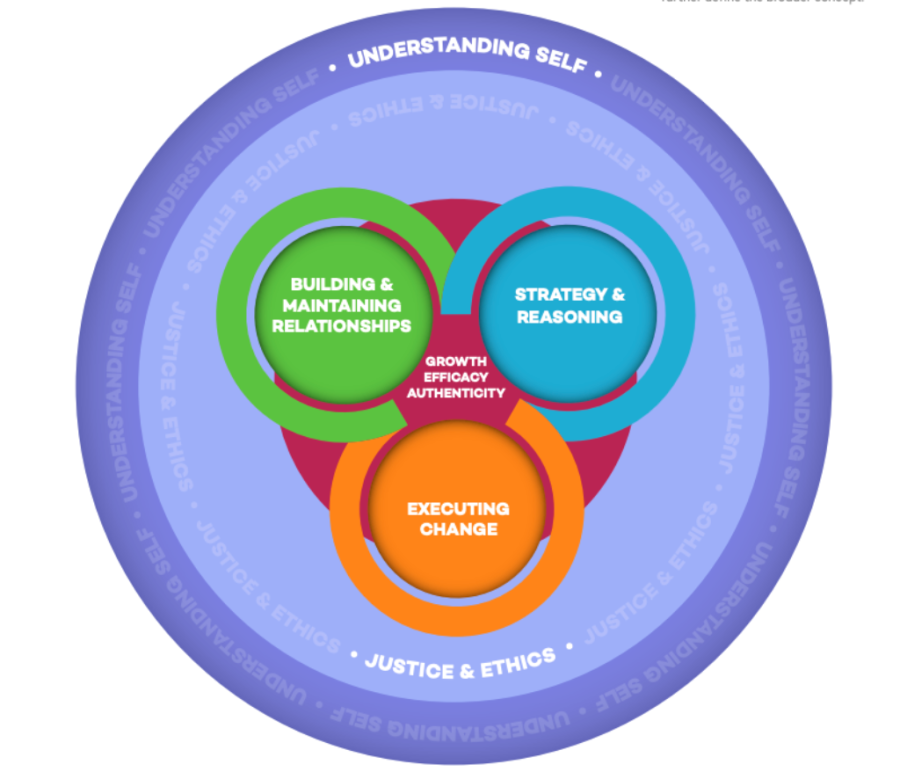
With 75 million workers and an estimated value of 2.5 trillion dollars, our global fashion industry is massive. Over the past 20 years, we have been buying clothes at an alarming rate. Fast fashion has taken over the clothing industry, and as a result, it allows us (the consumers) to buy the newest trends for seemingly impossibly low prices. It allows us to have the feeling of style and luxury without the high price tag. The Oxford English dictionary defines fast fashion as “inexpensive clothing produced rapidly by mass-market retailers in response to the latest trends.” This begs the question: What is the effect of this billion-dollar business on the environment?
Environmental impact:
Many aspects of our lives are known to be harmful to the environment such as air travel, single-use plastics, and even driving. However, did you know how much our shopping obsession is costing us? A study conducted by the Eco Experts found that the fashion industry comes in third on their list of the most polluting industries, just behind agriculture and fuel. Our clothing has become disposable, at the expense of the world we live in and the health of our planet. The synthetic fibers that make up most of our clothing, like polyester, are made of plastic, or in other words, oil. On top of this, the production facilities for our clothing are mostly in Asian countries, where the majority of factories are running on gas and coal. After that, transportation of clothing also has a significant impact, before it even reaches us or our local stores. Now let’s take a look at the life of our clothes. A study conducted by the Ellen McArthur foundation found that in 2014, we were buying 60% more garments than in 2000, and they were only kept half as long. The pressure of always having a new outfit has caused us to buy more clothes and wear the ones we already have less frequently. On top of that, washing our clothes has proved to be problematic; every time that we wash fabrics made from synthetic fibers, microplastics come off of our clothing and enter the water. A similar study found that this cycle releases 500,000 tons of microfibers into the ocean every year. That’s the equivalent of 50 billion plastic bottles. When we are trying to get rid of our clothing, the most common place for it to end up is in a landfill. About 1 garbage truck worth of clothes is burned or dumped every second, and in total 85% of our disposed clothing ends up in similar situations. Recently, fast fashion giants like H&M and Zara have taken notice of the rising concern in consumers over the sustainability of their clothes, and they decided to take action.
Greenwashing
While this sounds like good news, companies are essentially using words and advertisements to make us feel better about our purchases rather than actually doing anything to change their practices. Take Zara’s “Join Life” campaign, for example. It is supposedly their more environmentally conscious clothing line. This is great news! Or at least until you dive into their website a little bit, where some of their claims don’t seem to add up. They commonly use words that really have no set definition, like “green,” “eco-friendly,” “ethical,” “responsibly made,” and “sustainable”. Although these all sound great, they don’t have any real legal definition, allowing them to sell consumers the feeling of sustainability. On top of this, they can make claims that sound good to us, but really aren’t specific or beneficial about particular items. An example of this is how Zara states that a faux leather jacket is made “to minimize the environmental impact of textile manufacturing”. However if you look further, the pants are in fact made of 100% polyester with a 100% polyurethane coating, meaning it is made from oil. Although Zara advertised this as a sustainable option, there is nothing anywhere that backs up that statement.
What can you do?
This article is not to tell everyone to stop shopping or buy everything sustainably; because it often feels like there is not a single thing in your life that is not somehow harmful to the environment. Instead, the purpose is to raise awareness, encourage people to consume more ethically, and to do so with more purpose. Think about what you buy before you buy it. How many times will it be worn? Do you have an outfit you can pair it with? Do you really like it or do you just feel obligated to make a purchase? Try buying items second-hand instead, and put together more outfits with items you already have. When you do buy new items, make sure it’s something that you really love and know will get lots of use. Fashion is a form of self-expression; something that should be continually explored, but through a lens of understanding and education around the industry.







